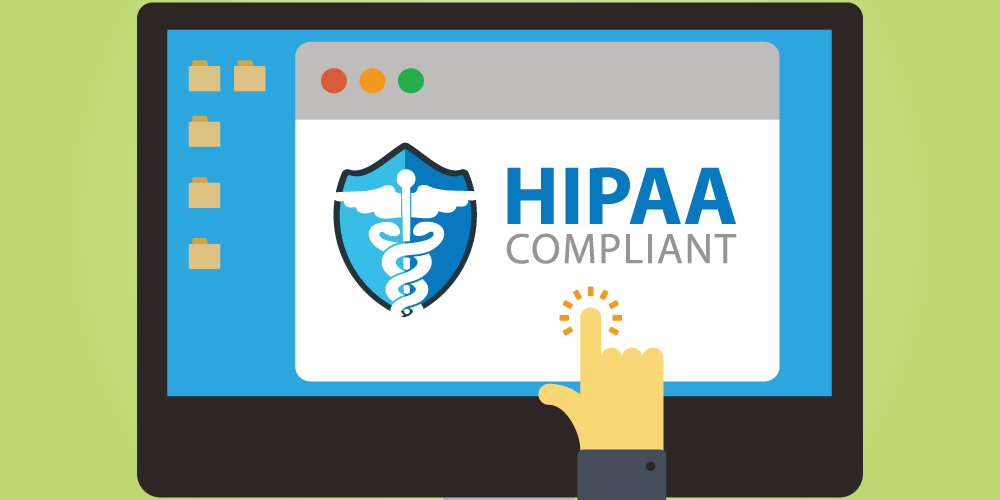Retailers feel the pain when fraudsters deceive their businesses. Organized retail crime and return fraud costs retailers an average $726,351 per $1 billion in sales, according to the National Retail Federation.
Below are some of the ploys that could be plaguing your business and best practices to prevent them.
Tricks of the Fraudster Trade
Picture how many times a day your employees swipe a credit card, accept cash or assist with a return. Each of these tasks are second nature to your veteran employees, but these mundane tasks are when fraudsters strike.
1. Credit Card Fraud
Credit card fraud is increasingly common, and while many preventative policies are already in place, you can’t rely on those tactics alone. Fraudsters often whiteout signatures on credit or debit cards and write new ones over them, removing the need for employees to check identification. They don’t even need to steal credit cards to use them. Card-reading devices called skimmers can be placed over ATM scanners to read credit numbers. Fraudsters can then duplicate cards or shop online.
2. Insider Aid
Your customers aren’t the only ones to keep an eye on; 75 percent of employees have stolen from their employer at least once according to a 2017 survey. Bad employees aid others by accepting their fraudulent returns, counterfeit currency or stolen credit cards.
3. Return Fraud
Some fraudsters shoplift items, and return them for cash by either claiming they lost their receipt or creating fake ones. They can also abuse store policies by wearing or using purchased goods, and then returning them within the allotted timeframe.
How to Safeguard Your Business
Installing surveillance cameras above your point-of-sale (POS) system and throughout your property is one of the most effective ways to protect your retail business from fraud. Surveillance cameras can deter and help catch employee and customer theft.
Training employees on best practices and enforcing strict policies can positively impact your business. Teach employees to heavily inspect suspicious cards and currency, and make the inspection obvious. Many fraudsters will quickly leave the store if they sense suspicion. If fraud is presumed, employees should contact authorities and avoid touching the card to leave traceable fingerprints. Surveillance cameras are also beneficial to revisit footage as needed.
Employees should also add notes to customer accounts of suspicious behavior, declined cards or frequent returns. Making conversation with customers can reveal red flags that can otherwise be overlooked. When inspecting identification, ask location specific questions they should know the answer to or about their birthstones to help detect fakes.



